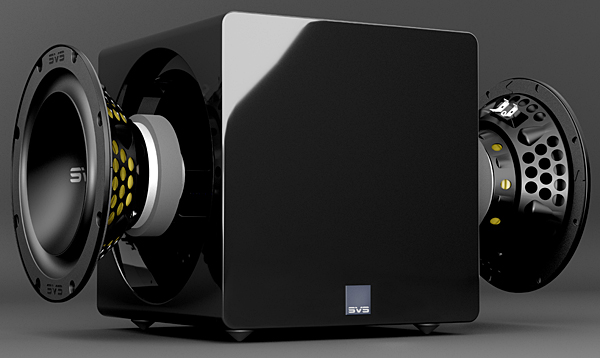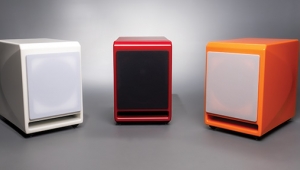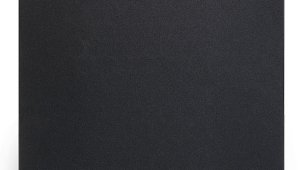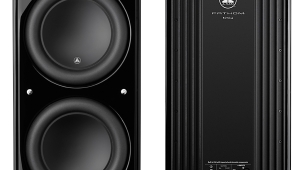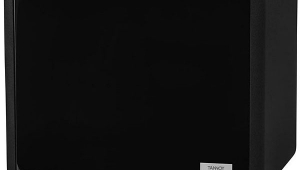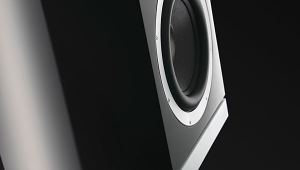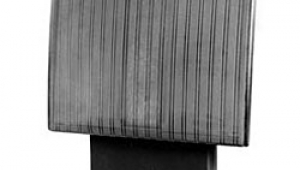| Columns Retired Columns & Blogs |
I have a very old , very massive SVS sub that burned out its amplifier a year ago , SVS quickly sent me a new , upgraded amp with replacement directions for a modest sum .
Good people.
If I wasn't already over-endowed with bass capability , I'd love this new mini-sub .




